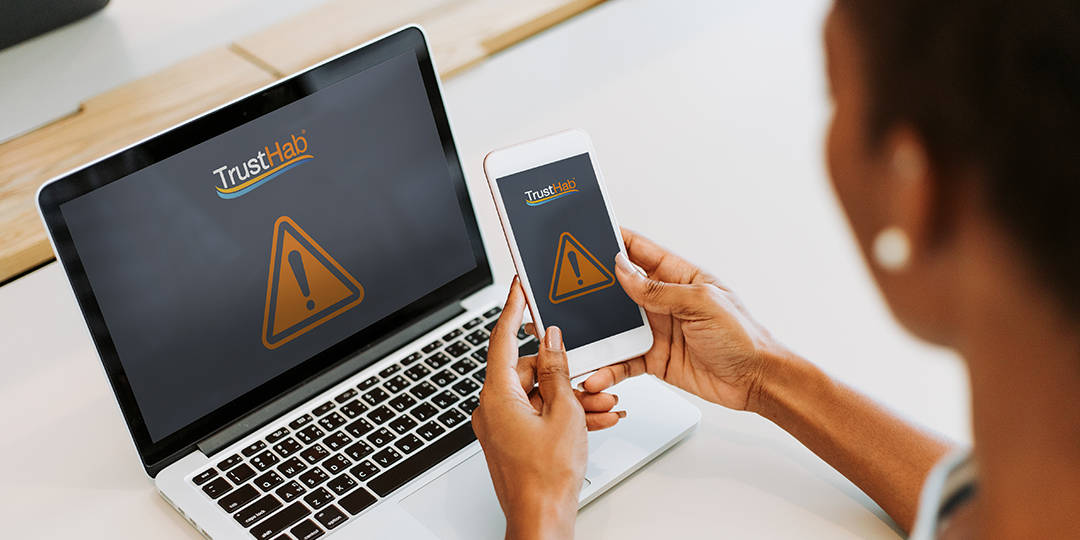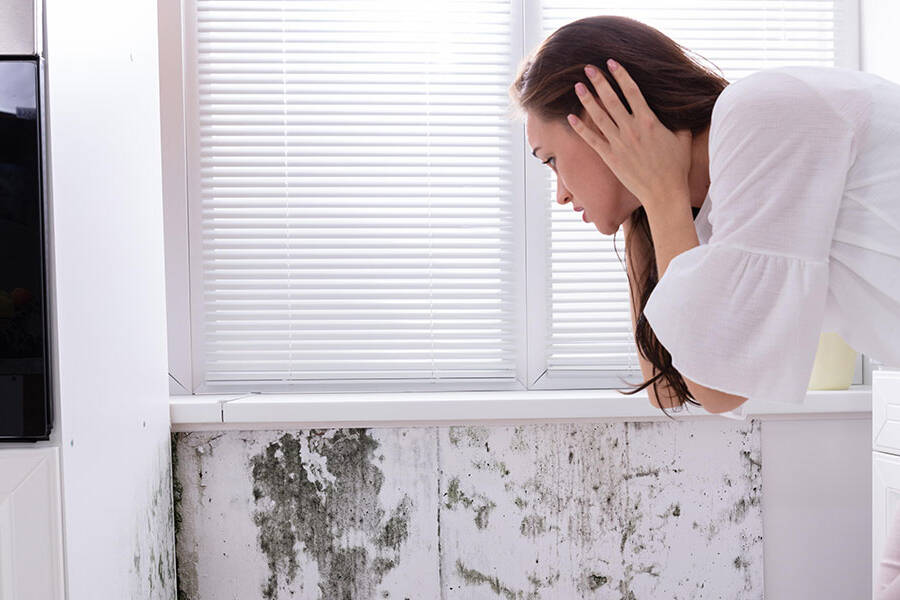Blog & News
Remotely Identify Vacant Units

Remotely Identify Vacant Units
Optimizing vacant unit management is a benefit of our platform we like to highlight often here at TrustHab. It’s important for property managers to be able to monitor and maintain the temperature in vacant units to help prevent any potentially risky conditions from occurring. This could include the AC unit continuously blowing cold air to an empty room, a window accidentally being left open, or even high humidity levels being present – just to name a few.
Risky conditions left undetected for extended periods of time end up being the most costly to repair.
In order to be able to take control of the temperature in vacant units, staff must first be able to accurately identify which units are in fact vacant – which, when you’re managing hundreds of different units, can of course be challenging. As a side note; in this particular article when we reference a ‘vacant unit’ we are referring to a unit that does actually have a resident living there, but they are away from their residence for an extended period of time (weeks, maybe even months out of the year).
Most commonly, properties try to guess which units are vacant by looking at how bandwidth usage fluctuates, or tracking how many devices are connected to their network in relation to how many were connected at the beginning of the year (or a different time period). This method isn’t always accurate and can be inefficient use of staff time.
This is where a Facilities-based IoT Solution, like TrustHab, can help.
TrustHab enables property staff to set cooling minimums and heating maximums across one or multiple thermostats simultaneously. Deploying a setpoint change across all devices and seeing which of those do not change the setting is the easiest way to identify a vacant unit. For example – if property staff set all thermostats to the optimal energy-saving temperature of 78 degrees, if a resident is in fact home, they will typically make a change to adjust it to cool to a lower setpoint. Staff could roll out a setpoint change in the morning and if that unit’s setpoint hasn’t changed by that evening, or even the following day, then it is almost certain that the room is unoccupied.
Also, for properties that utilize TrustHab’s smart lock solution, staff have visibility into whether or not the resident’s door lock has been activated, when and by whom, for all units.
This is just one of the many features of TrustHab that can be utilized by property staff to effectively identify any vacant units – entirely remotely. To hear about the other benefits of our Facilities-based IoT platform and how we help properties reduce costs associated with utilities and maintenance, reach out to us at contact@trusthab.com and a member of our team would be happy to give you a quick tour of our dashboard.
Don’t forget to check out our COVID-19 page to learn about the ways TrustHab is being used by our partners to optimize the safety of staff workflows – you can access that section by clicking on the orange banner at the top of our homepage.
.
To receive our next blog post directly in your inbox, sign up here…




